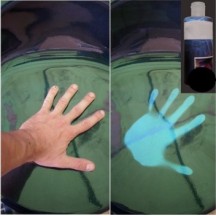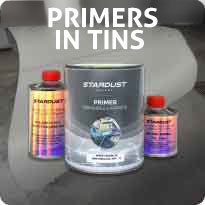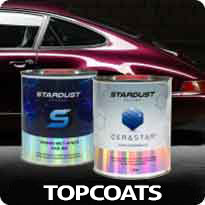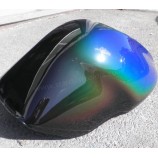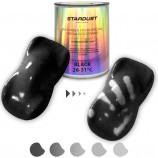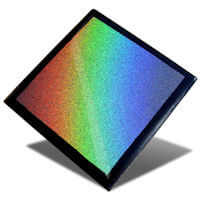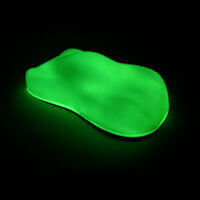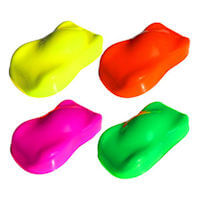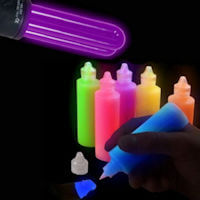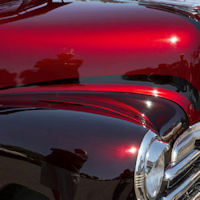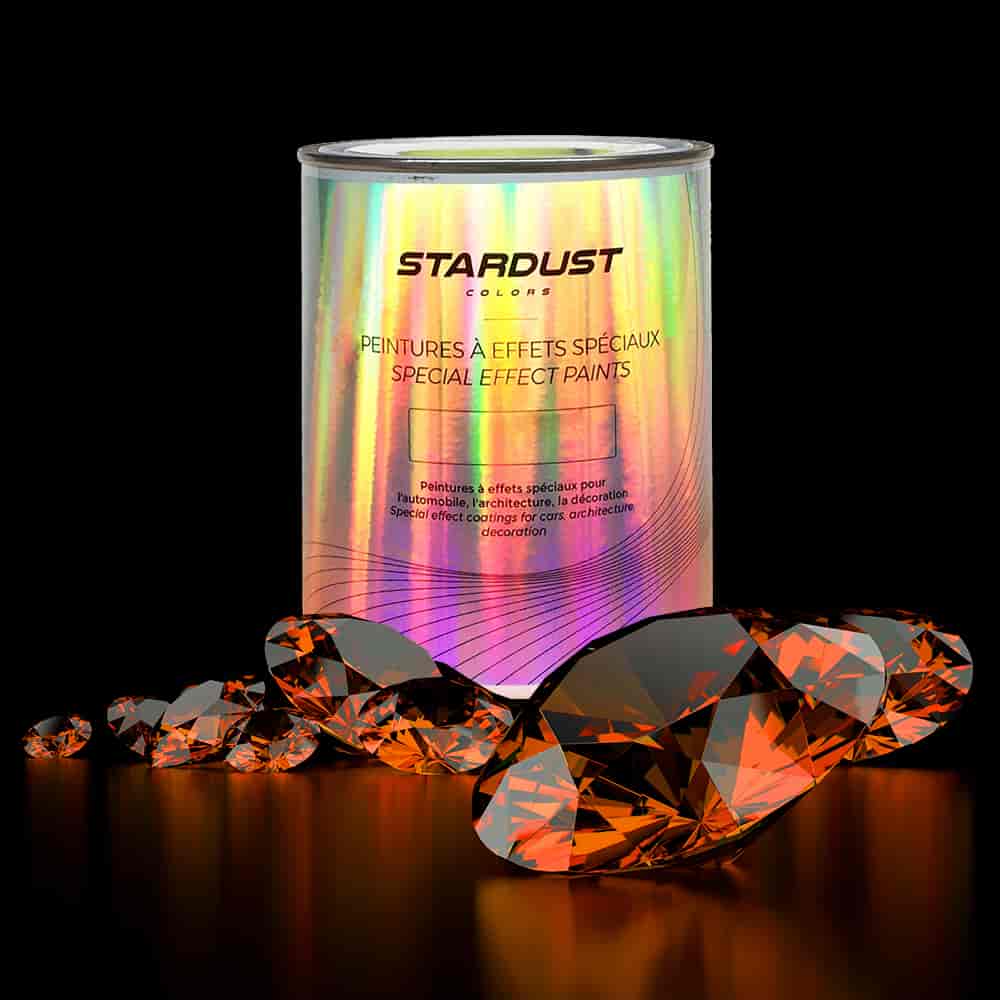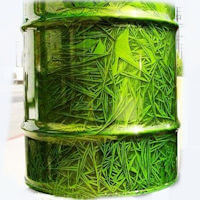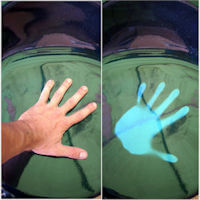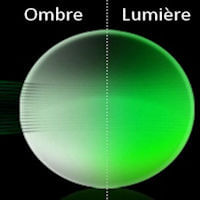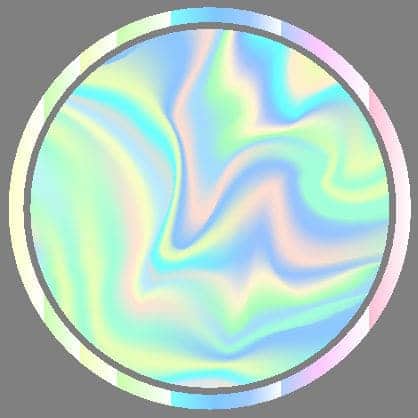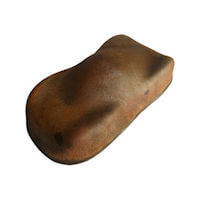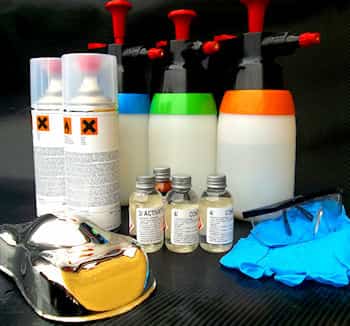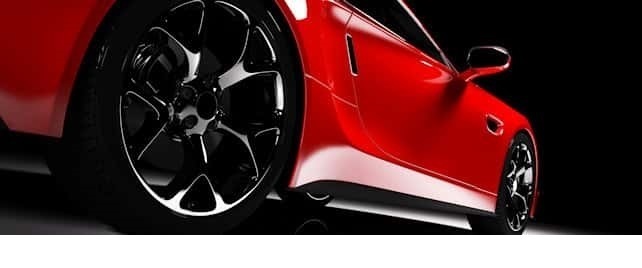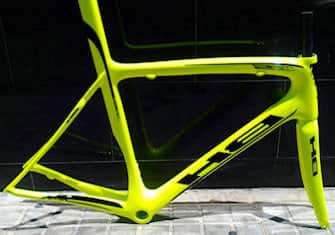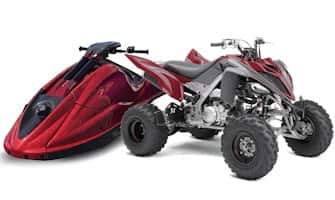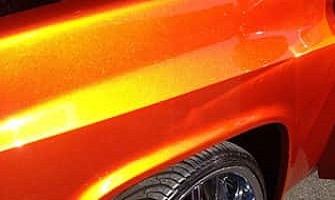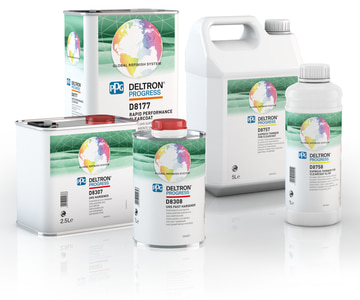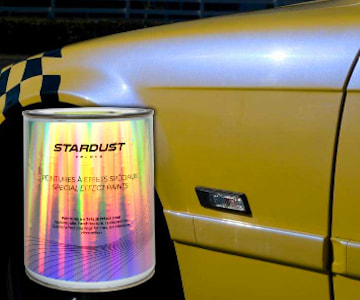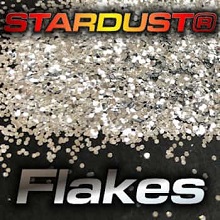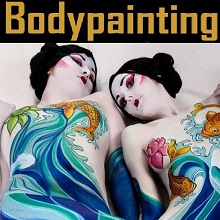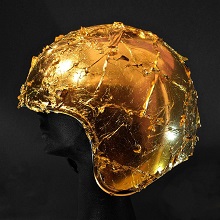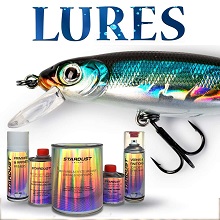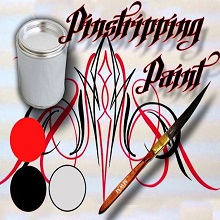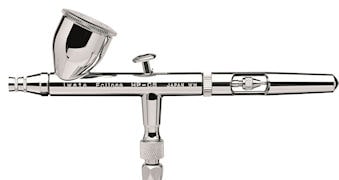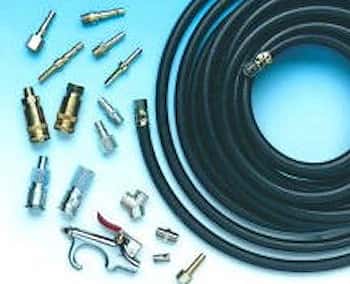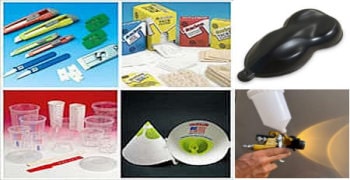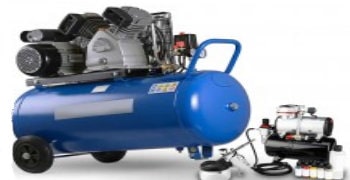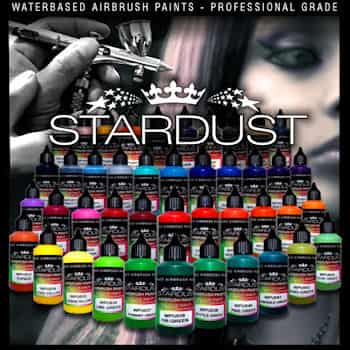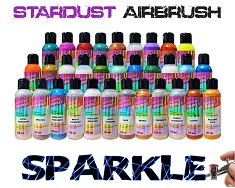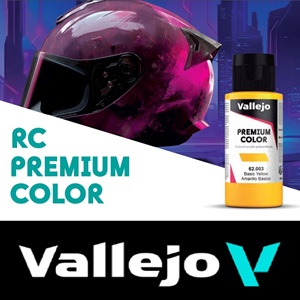Thermochromic paint changes colour according to temperature : it is classified as a reaction effect paint because it is capable of reacting to its environment, achieving a change in appearance, and this in a reversible manner.
Thermochromic paint is always coloured, opaque when cold and becomes transparent and colourless when hot. When they are hot, they therefore let you see the background over which they are applied (white background, colour, drawing).
How it works :
The change in colour occurs when the paint and its load-bearing surface undergo a sufficient change in temperature. Our paints are available in 10°C, 32°C or 50°C stages. The effect occurs instantaneously when the paint is heated or cooled. The colour is more or less opaque and fades slightly as it approaches the temperature stage, then suddenly changes from coloured/opaque to transparent.
Application of thermochromic paint
The instructions are simple : preferably by spraying, as the effect requires many coats and the application must be homogeneous.
Brush or roller application is possible. On a clean, sanded, light-coloured base, paint veils (4 to 6) are applied until complete coverage is achieved :
The ambient temperature, or the air temperature of the gun, can affect the condition of the paint : a good way to determine if enough paint has been applied is to expose the painted part to a source of heat or cold.
The durability of thermochromic paint is precarious. If a thermochromic paint is protected from exposure to sunlight and contact with temperatures above 70°C, it can achieve 10,000 colour changes.
Which background to use?
The choice of the background colour is very important, because the background colour appears when the thermochromic becomes transparent : therefore, it is advisable to use a white background or a lighter colour than the thermochromic paint in order to create a contrast.
If, for example, a red thermochromic paint is applied over a yellow undercoat, the final thermochromic effect will be red (cold) to yellow (hot).
You can also use brightly coloured paints, for example, fluorescent ones. Pearlescent or other paints cannot be used because the transparency is blurred.
Varnishing
For automotive or outdoor use, it is necessary to apply our anti-UV clearcoat to improve protection against the sun's rays, which can damage the thermochromic paint very quickly. (Check out the anti-UV clearcoat in the "Varnish" section, or the concentrated anti-UV additive in the "Additives" section).
It is also necessary to avoid exposing the thermochromic paint to high temperatures (above 75°C) for long periods of time.
Magnetic paint and rust effect paint
Photochromic paint
Minimize
